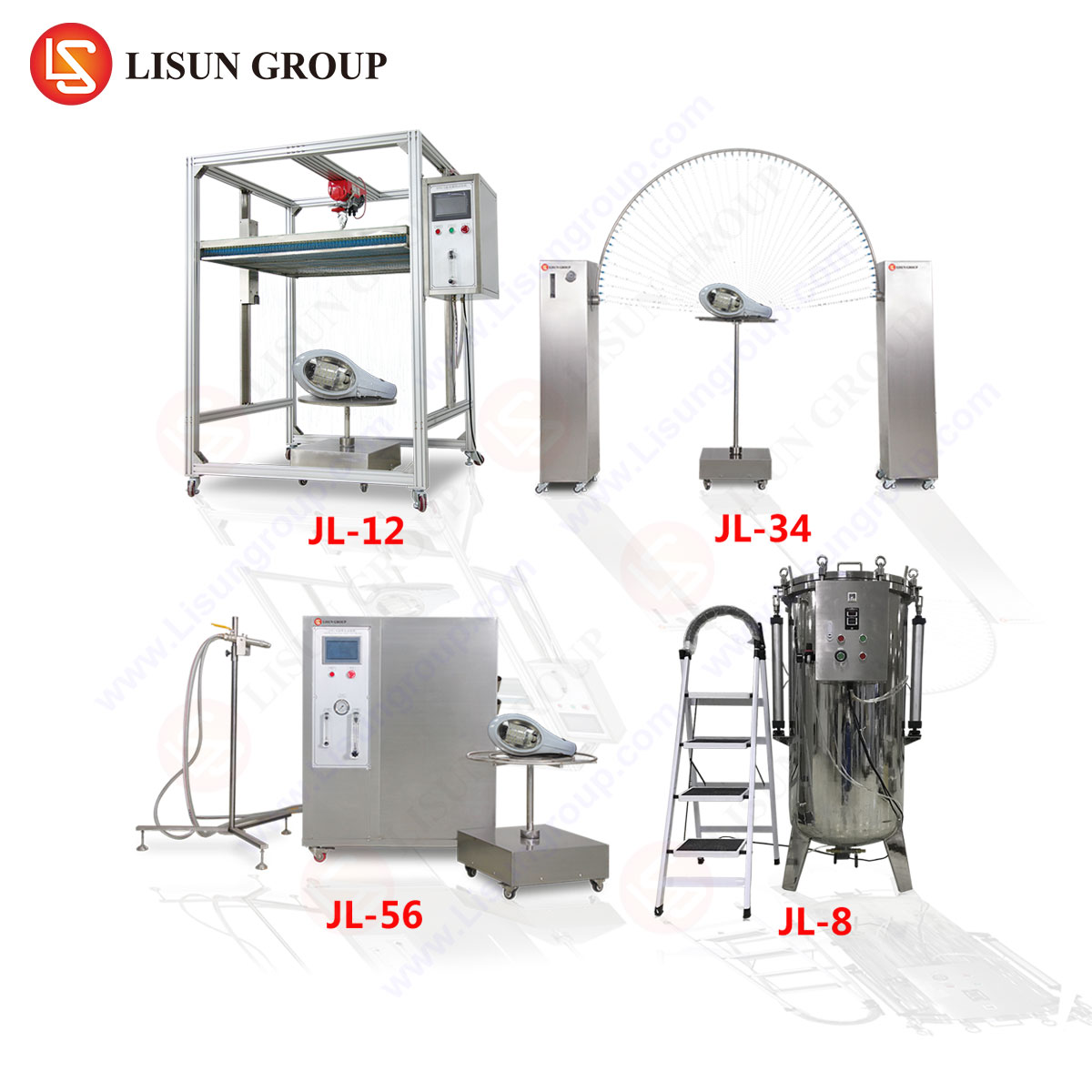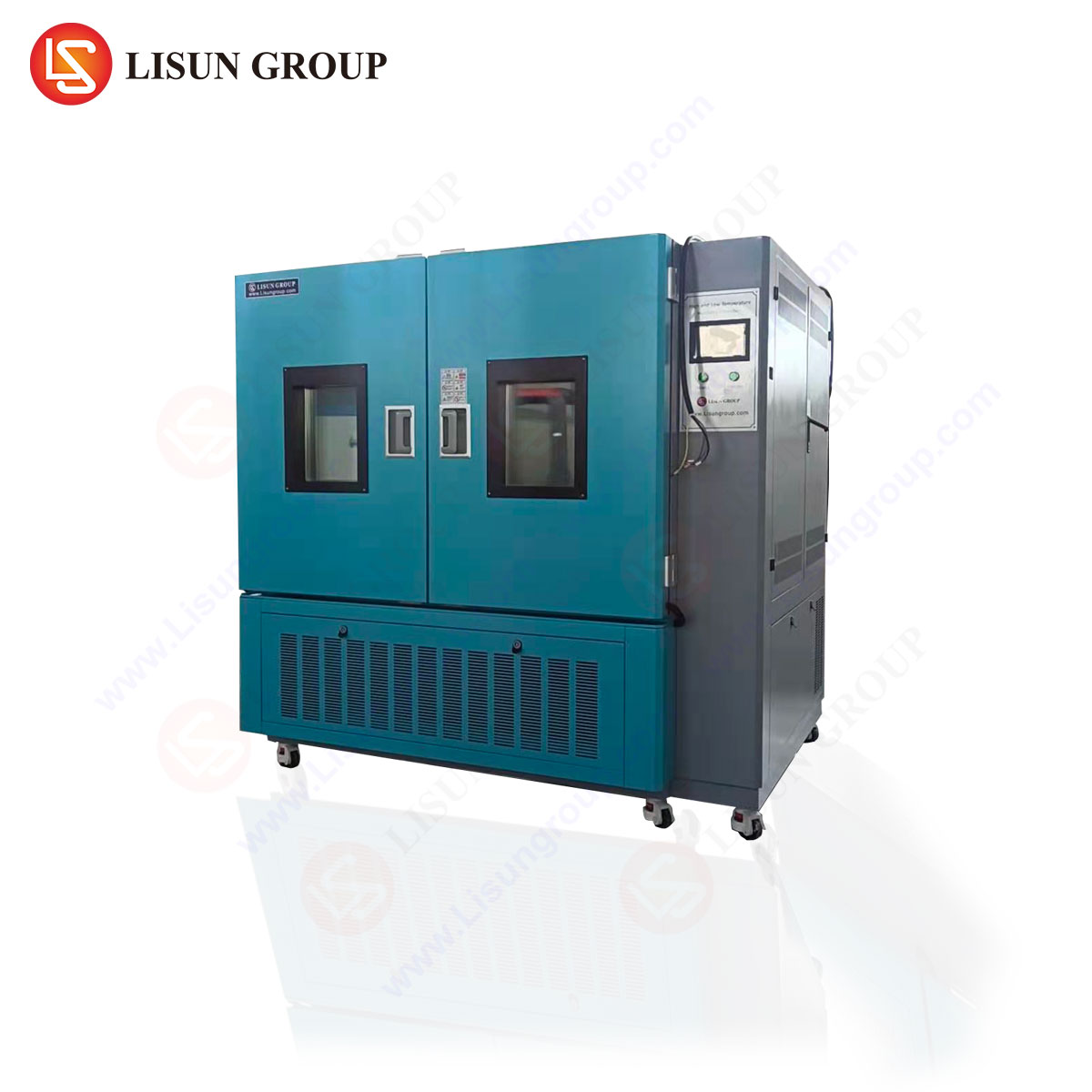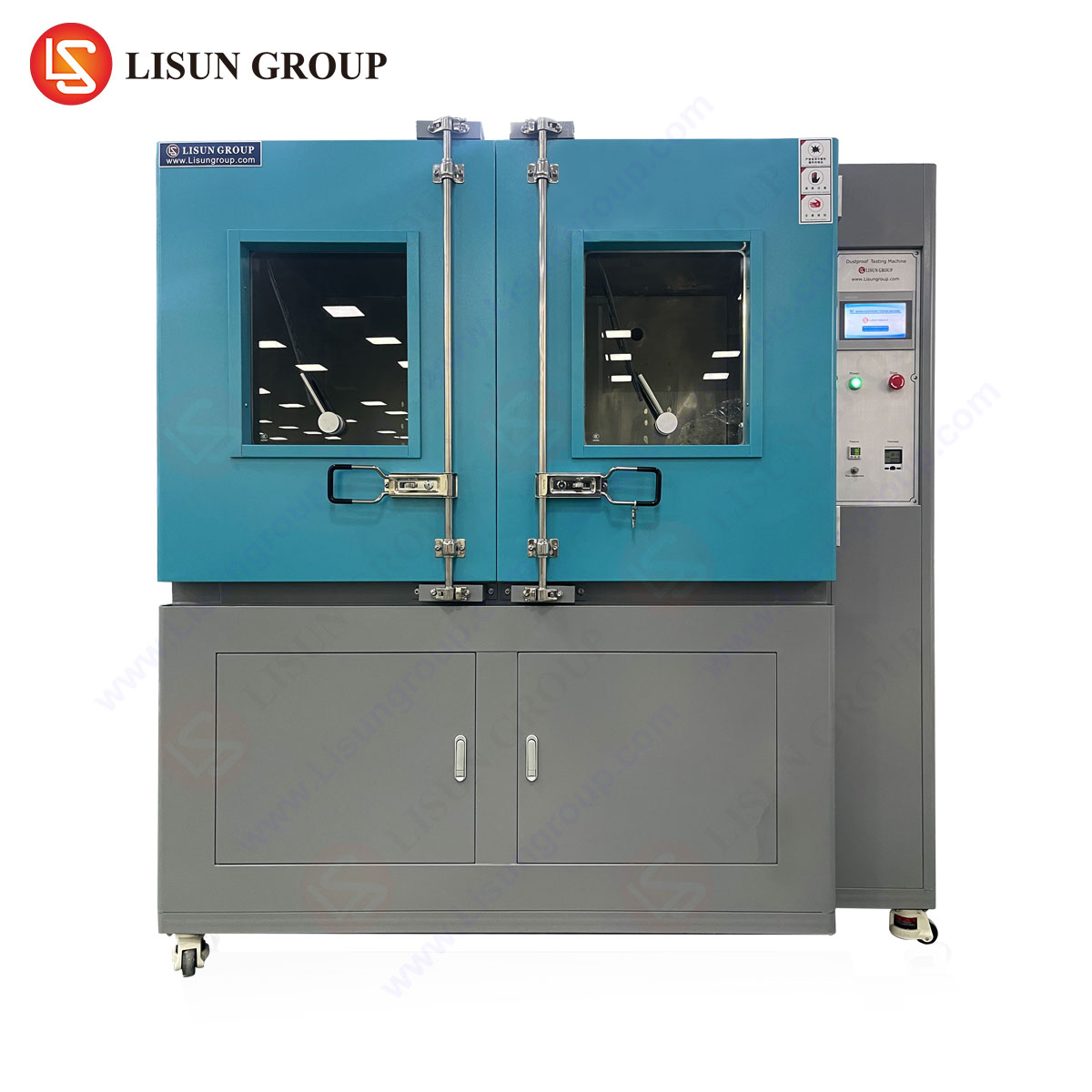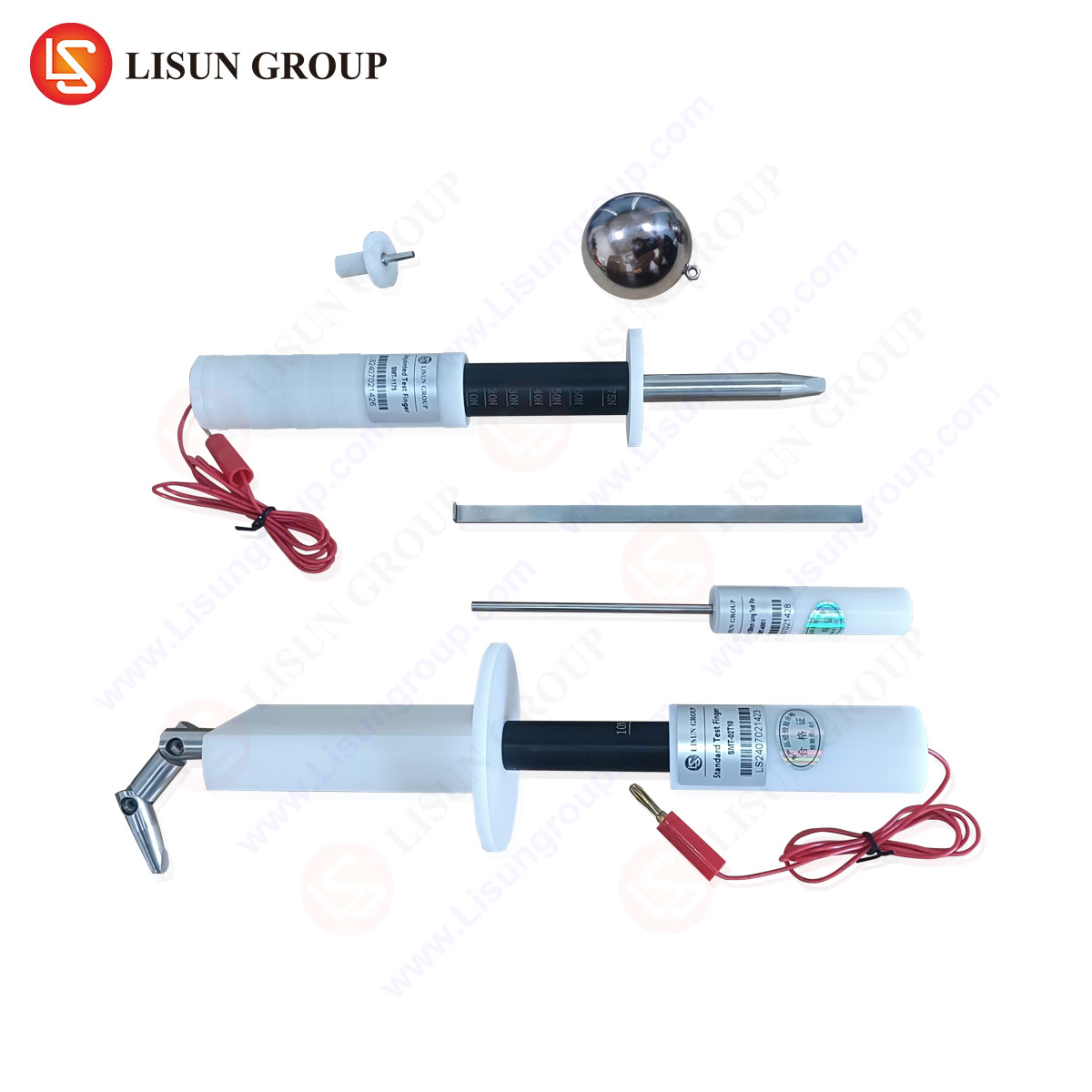Principles of Ozone Aging and Material Degradation
Ozone aging test chambers simulate accelerated environmental conditions to evaluate the resistance of materials to ozone-induced degradation. Ozone (O₃), a highly reactive allotrope of oxygen, causes oxidative stress in polymers, elastomers, and coatings, leading to cracking, embrittlement, and loss of mechanical integrity. These chambers replicate real-world exposure by maintaining controlled ozone concentrations, temperature, and humidity levels, enabling manufacturers to predict long-term material performance within a compressed timeframe.
Industries such as automotive electronics, aerospace components, and electrical insulation rely on ozone aging tests to ensure compliance with international standards like ASTM D1149, ISO 1431, and IEC 60068-2-78. For example, automotive wiring harnesses must withstand prolonged ozone exposure to prevent insulation failure, while aerospace seals require validation against atmospheric ozone at high altitudes.
Core Components of Ozone Aging Test Chambers
A high-performance ozone aging test chamber integrates several critical subsystems:
- Ozone Generation System: Utilizes UV lamps or corona discharge to produce precise ozone concentrations (typically 50–500 ppb for standard testing, up to 50 ppm for accelerated aging).
- Environmental Controls: Maintains temperature (±0.5°C accuracy) and relative humidity (±2% RH stability) to simulate operational climates.
- Gas Circulation Mechanism: Ensures uniform ozone distribution via axial fans or diffusers, preventing localized concentration gradients.
- Exhaust Scrubbing: Neutralizes residual ozone through catalytic converters to meet workplace safety regulations (e.g., OSHA PEL of 0.1 ppm).
The LISUN GDJS-015B Temperature Humidity Test Chamber, while primarily designed for climatic testing, can be adapted for ozone aging studies when integrated with an external ozone generator. Its dual-layer stainless-steel construction and PID-controlled humidity (20%–98% RH) ensure stability during prolonged tests.
Key Features of Advanced Ozone Test Chambers
Precision Ozone Concentration Control
Modern chambers employ closed-loop feedback systems with electrochemical or UV absorption sensors to dynamically adjust ozone levels. The GDJS-015B, for instance, supports auxiliary ozone injection with ±5% concentration tolerance, critical for testing low-ozone-resistance materials like silicone rubber gaskets in medical devices.
Multi-Stress Simulation Capabilities
Combined ozone, temperature, and humidity testing accelerates failure modes observed in real-world conditions. Telecommunications equipment exposed to tropical climates, for example, faces simultaneous ozone corrosion and moisture ingress. The GDJS-015B’s programmable cyclic modes (temperature range: −70°C to +150°C) enable sequential stress application, aligning with IEC 60721-3-4 for Class 4 environments.
Material-Specific Testing Protocols
Different industries require tailored test parameters:
- Automotive Electronics: 100 ppb ozone at 40°C/95% RH for 168 hours (per SAE J2020).
- Lighting Fixtures: 300 ppb ozone at 25°C/50% RH to assess UV-resistant polycarbonate diffusers.
Industry Applications and Case Studies
Electrical Components and Insulation Systems
Cable jackets and terminal blocks undergo ozone aging to validate service life. A 2022 study on ethylene-propylene-diene monomer (EPDM) insulation demonstrated that 200-hour exposure at 50°C/200 ppb ozone reduced elongation-at-break by 18%, correlating with 5-year field data.
Aerospace and Aviation Seals
Fluoroelastomer seals in aircraft fuel systems were tested in the GDJS-015B under 50 ppm ozone at −40°C to replicate stratospheric conditions. Results informed material substitutions for Airbus A350 nacelle components.
Competitive Advantages of the GDJS-015B
- Modular Ozone Integration: Compatible with third-party generators for flexible test configurations.
- Energy-Efficient Design: Reduced nitrogen purge consumption during humidity cycling.
- Data Logging Compliance: Exports test metrics in .CSV format for ISO 17025 audit trails.
Frequently Asked Questions
Q1: Can the GDJS-015B simulate solar radiation alongside ozone exposure?
No, it lacks UV lamps. For combined UV/ozone testing, a specialized weathering chamber is required.
Q2: What maintenance is needed for ozone concentration sensors?
Calibrate quarterly using NIST-traceable ozone standards; replace electrochemical sensors every 12–18 months.
Q3: How does the chamber ensure operator safety during high-ozone tests?
Integrated scrubbers and real-time ozone monitors trigger automatic shutdown at 0.1 ppm ambient leakage.
Q4: Is the chamber suitable for testing biodegradable polymers?
Yes, but consult ASTM D5208 for modified ozone concentrations to avoid unrealistic degradation rates.
Q5: What industries most frequently use ozone aging tests?
Automotive (42%), aerospace (28%), and wire/cable (19%) sectors dominate adoption, per Frost & Sullivan 2023 data.







